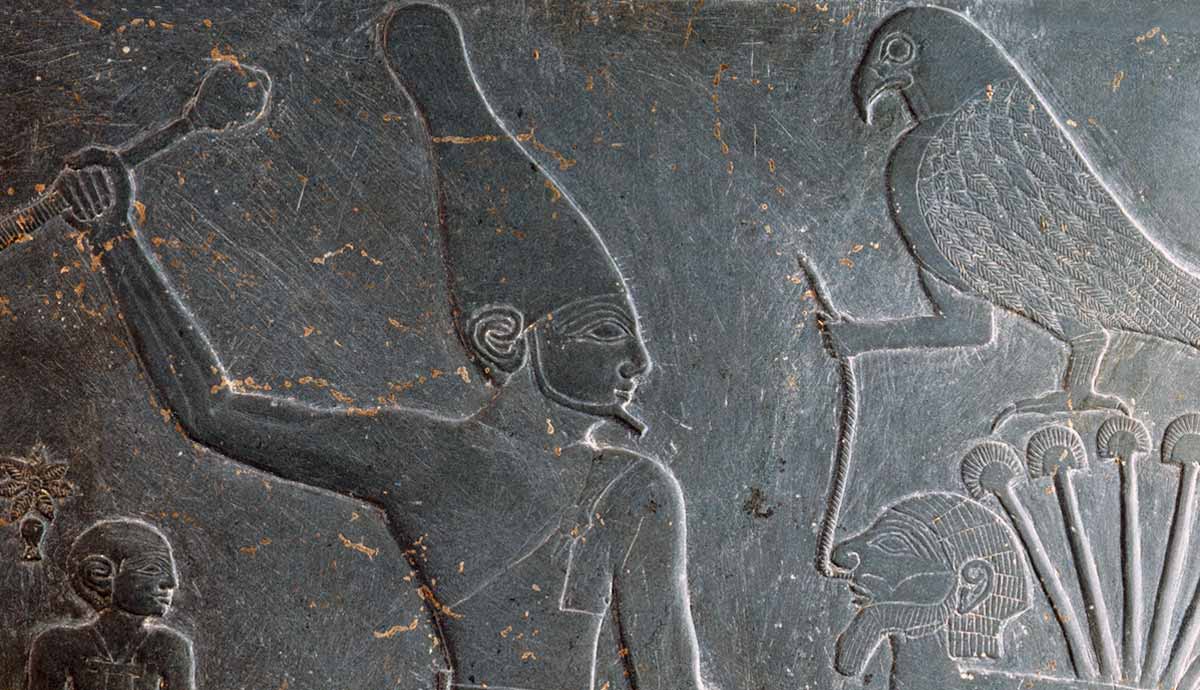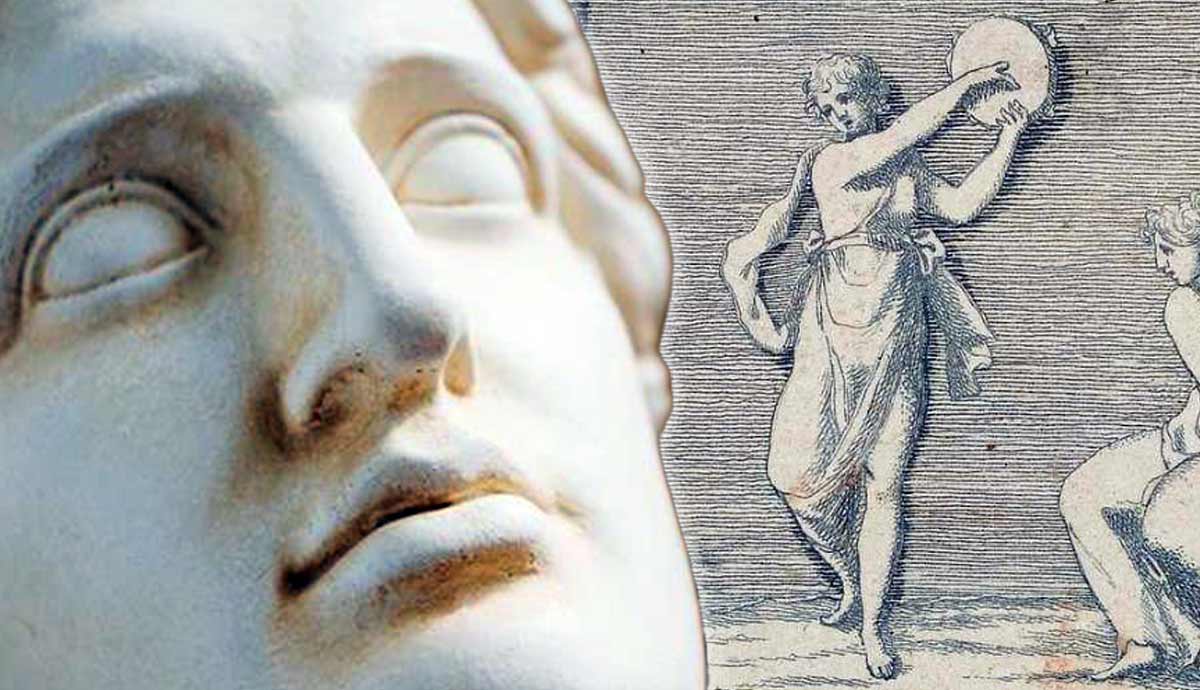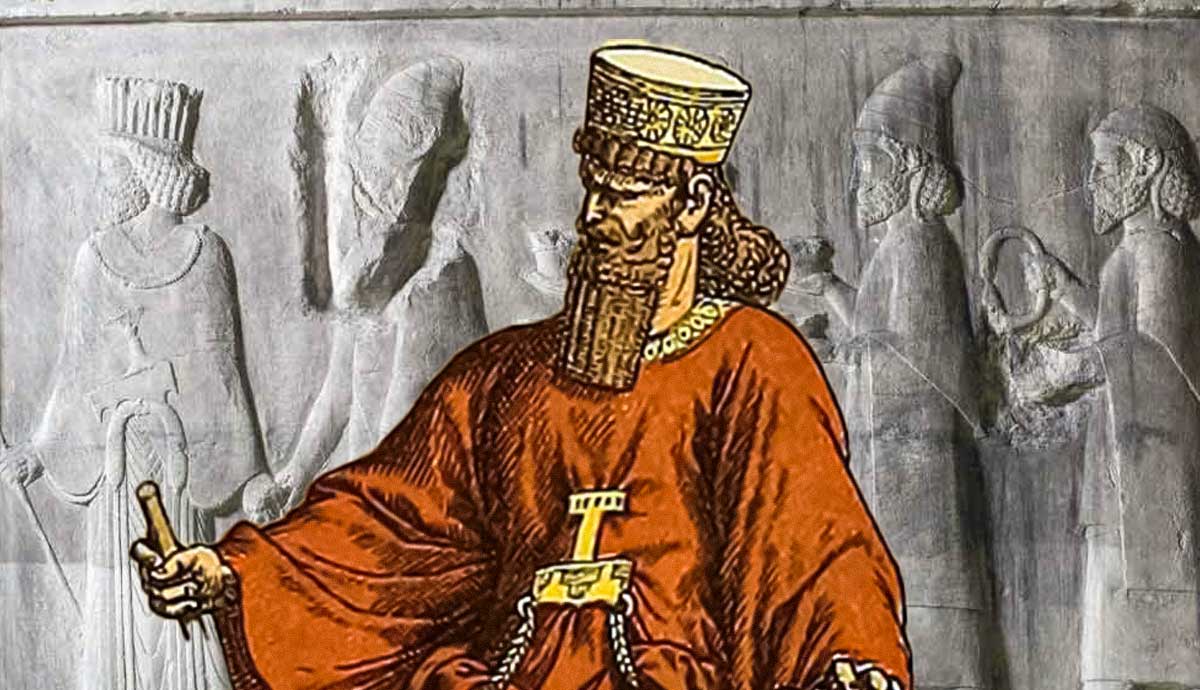
The Pharaoh was the king of Egypt, particularly following the unification of Upper (Southern) Egypt with Lower (Northern) Egypt by Narmer/Menes around 3150 BCE. That was until the Roman Republic conquered Egypt in 30 BCE under the rule of Caesar Augustus (Octavian). The title is derived from an Egyptian word meaning “great house,” and was gradually applied to the ruler of that house, and particularly applied to the ruler of the greatest house in Egypt since around 1400 BCE.
The Pharaoh served an important religious function. As a god of Egypt, he served as an intermediary between the other gods and the Egyptian people. The Pharaoh was a divine god and the High Priest among the Egyptians, and had the responsibility to “promote harmony and repel chaos.”
The First Pharaoh

The first Pharaoh is generally held to be Narmer (also possibly known as Menes), who unified Upper and Lower Egypt in 3100 BCE, likely by military conquest. He may have had dealings with nearby Canaan in the Levant area. Little is known regarding many of the figures of early Egypt, but various artifacts depict lists and accomplishments of various kings in early Egyptian hieroglyphs. For Narmer, a well-preserved ceremonial Palette from the 3000s BCE was discovered, as well as his name on various other artifacts throughout the region.
When the Pharaohs Ruled Egypt

The Pharaohs ruled over Egypt for almost 3000 years, encompassing about 30 dynasties. Some dynasties only lasted a few years under one or two rulers, while others lasted for several hundred years. The longest-lasting native Egyptian dynasty was the 18th dynasty, which lasted from about 1550 BC to 1292 BCE. The 18th Dynasty produced some of the most well-known figures of ancient Egypt – several Pharaohs named Thutmose, Hatshepsut – the longest reigning woman Pharaoh, the famed boy Pharaoh Tutankhamen, along with Akhenaten and his wife Nefertiti.
The Scorpion King

There may have been two Scorpion Kings in Ancient Egypt. Both “Scorpion Kings” are known as such due to the Scorpion symbol associated with their figures on artefacts. Scorpion I was likely the ruler of Upper Egypt before Narmer, and head of the Thinite Confederacy. One of the earliest recorded battles – the Siege of Naqada in 3320 BCE – is where Scorpion I’s army defeated Naqada. Scorpion II, a possible contemporary of Narmer, is shown in various other artifacts, but little is known about him.
The Last Pharaoh

The last ruler from Egypt to properly claim the crown of Pharaoh is the famed Cleopatra VII from 51 BC to 30 BCE, when Egypt was taken over by the Roman Republic under Octavian. The title of Pharaoh was not restricted to men – several women over various dynasties held the title at one point or another. Cleopatra was not even properly Egyptian, as she was descended from the Macedonian Ptolemy I, who was a successor of Alexander the Great in the 300s BCE.
The last truly Egyptian Pharaoh was Nectanebo II, who ruled from 358-340 BCE, and was defeated by the Persians under Artaxerxes III. The Persians would go on to be defeated by Alexander the Great, and a new dynasty began, led by the Ptolemys.










